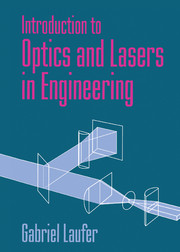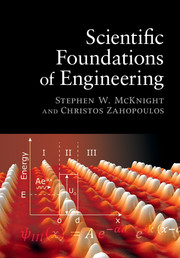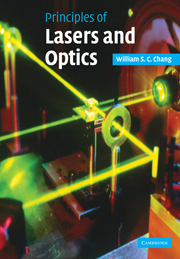Introduction to Optics and Lasers in Engineering
In a very short time, lasers advanced from research interest to increasingly useful, commercially available tools for material processing, precision measurements, surgery, communication, and even entertainment. This 1996 book provides the background in theoretical physics necessary to understand engineering applications. It summarises relevant theories of geometrical optics, physical optics, quantum optics, and laser physics and ties them to applications in such areas as fluid mechanics, combustion, surface analysis, material processing and laser machining. Advanced topics such as laser Doppler velocimetry, laser-induced fluorescence, and holography are clearly and thoroughly explained. The book includes numerous examples and homework problems. A unique feature is the advanced research problems in each chapter that simulate real-world research and encourage independent reading and analysis.
- First book that links the physics to engineering applications
- Includes numerous worked examples and homework problems to encourage independent study
- Discusses advanced applications in an easy-to-understand manner
Reviews & endorsements
'The material is presented in a logical sequence of gradually increasing complexity … there are two sets of problems given at the end of each chapter, the first of which ('homework problems') should be soluble from a reading of the text alone, whilst the second set ('research problems') requires the student to obtain and independently read original papers describing material not discussed in the book. This book should therefore provide an excellent graduate-level introduction to the principles and applications of optics in modern-day engineering practice.' M. J. Adams, The Aeronautical Journal
Product details
October 1996Hardback
9780521452335
498 pages
254 × 178 × 27 mm
1.08kg
181 b/w illus. 12 tables
Available
Table of Contents
- 1. Radiometry
- 2. Geometrical optics
- 3. Maxwell's equations
- 4. Properties of electromagnetic waves
- 5. Propagation and applications of polarized light
- 6. Interference effects and their applications
- 7. Diffraction effects and their applications
- 8. Introduction to the principles of quantum mechanics
- 9. Atomic and molecular energy levels
- 10. Radiative transfer between quantum states
- 11. Spectroscopical techniques for thermodynamical measurements
- 12. Optical gain and lasers
- 13. Propagation of laser beams.




